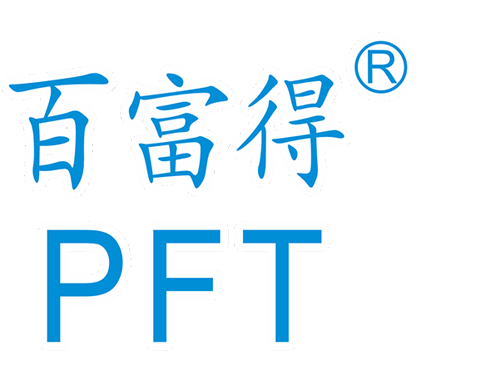-
-
-
News & Publication
-
Products

Topramezone + Terbuthylazine
Category:
Model: 4%+26%OD, 2% + 26% OD
- Description
-
Product Description
This product is a binary mixed herbicide composed of topramezone and terbuthylazine. Each active ingredient has a different weed-killing mechanism. Topramezone is a new triketone post-emergence foliar treatment agent. Terbuthylazine is a selective systemic herbicide before and after emergence, mainly absorbed by roots and transmitted to plant meristems and leaves, interfering with photosynthesis and causing weeds to die. This product is used to control annual weeds in corn fields.
ActiveIngredient and Content:topramezone2%·terbuthylazine26%
Application1. Spray once on the stems and leaves of corn at the 3-5 leaf stage and weeds at the 2-5 leaf stage. The dosage of the preparation is 80-100 milliliters, and mix with 20-30 kilograms of water per mu.
2. The application time should be in the morning or evening. Do not spray when the temperature is high around noon. On windy days or when rain is expected within 6 hours, do not use the drug.
3. In corn fields interplanted or mixed with other crops, this product cannot be used.
4. Use at most once per season.
Precautions1. In low-temperature and drought weather, the time for weeds to die will be longer.
2. Application of pesticides should be even and thorough. Avoid overspraying, missing spraying, or using more than the recommended dose. Avoid pesticide drift to adjacent sensitive crop fields.
3. Sensitive vegetables such as soybeans and cruciferous vegetables cannot be planted within three months after pesticide application. For continuous use of herbicides containing terbuthylazine, pesticide application and planting of the next crop should be carried out under the guidance of local agricultural technical departments. Areas with a high multiple cropping index should not use this pesticide.
4. For planting crops such as alfalfa, cotton, peanuts, potatoes, sorghum, soybeans, sunflowers, kidney beans, peas, sugar beets, and rapeseed in the next crop, a small-scale test should be conducted first and then planting can be carried out.
Related products
Messages
We will contact you within one working day. Please pay attention to your email.

Email:
Address 1 : Salt-chemical Industrial Zone, Dingyuan County, Chuzhou, Anhui Province, China
Address 2 : 19F, Block A, Zheshang Building, Science Avenue, Hefei City, Anhui Province, China
Leave Message
We will contact you within one working day. Please pay attention to your email.
COOKIES
Our website uses cookies and similar technologies to personalize the advertising shown to you and to help you get the best experience on our website. For more information, see our Privacy & Cookie Policy
COOKIES
Our website uses cookies and similar technologies to personalize the advertising shown to you and to help you get the best experience on our website. For more information, see our Privacy & Cookie Policy
These cookies are necessary for basic functions such as payment. Standard cookies cannot be turned off and do not store any of your information.
These cookies collect information, such as how many people are using our site or which pages are popular, to help us improve the customer experience. Turning these cookies off will mean we can't collect information to improve your experience.
These cookies enable the website to provide enhanced functionality and personalization. They may be set by us or by third-party providers whose services we have added to our pages. If you do not allow these cookies, some or all of these services may not function properly.
These cookies help us understand what you are interested in so that we can show you relevant advertising on other websites. Turning these cookies off will mean we are unable to show you any personalized advertising.
This website already supports IPV4/IPV6 bidirectional access

